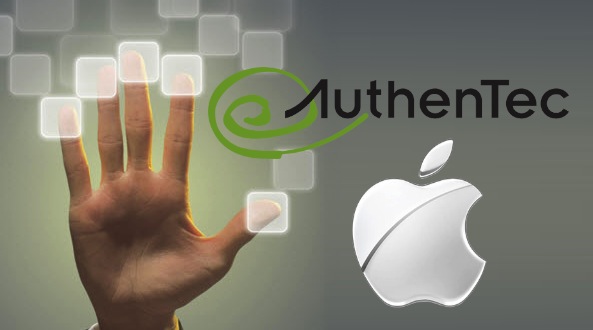A
company focusing on the advancement of electronic automation, identification
and tracking products and services, known as BioEnable Technologies Pvt. Ltd.
recently launched a new product in Pune, India. Completely based upon cloud
networking and known as Child ID Solutions, the system has been introduced to
hospitals in order to keep track of children.
“There are lot of cases of child theft and newborn child swaps
by mistake or intentional. Most of them are either not reported or are never
known to parents.” -Mr. Pradeep Bhatia, MD, BioEnable Technologies Pvt. Ltd.
Newborn
swapping, child theft and female-child killing have been seemingly common
issues throughout India - well, regardless of how common they may be, their
severities are what sparked BioEnable's idea. BioEnable has created a tool that
uses biometric authentication to keep record of each child, and combines this
information with that of his/her parent. Essentially, when each child is born,
his/her 10-print fingerprint is scanned and stored into Child ID Solutions
along with the demographic and biometric information of his/her
parent(s).
This
process will be required from every hospital with the goals of: reducing newborn swapping incidents, reducing
child thefts and tracking the parents of a lost child.
The
system will aid in identifying/reporting these crimes to the respective
parent(s) at a sooner time. Ideally, BioEnable hopes to later use Child ID
Solutions for broader purposes; to reduce the amount of female infanticide in hospitals and nursing facilities.
Ideally, the program is expected to be later integrated with healthcare systems for children.
However, this brings about the issue of those parents who put up their children for adoption, wishing that their children never know the parents' true identities. Let's say that Mary gives birth to her son John and immediately (or even a year later) puts him up for adoption...If 10 years later, he is found after having been kidnapped, will he be returned to Mary? His mother who never wanted her identity revealed to John?
Of course in America, it may be easier to keep track of
adoptions. But in a third world country, where they are not as technologically
advanced as the US, could this be an issue?



